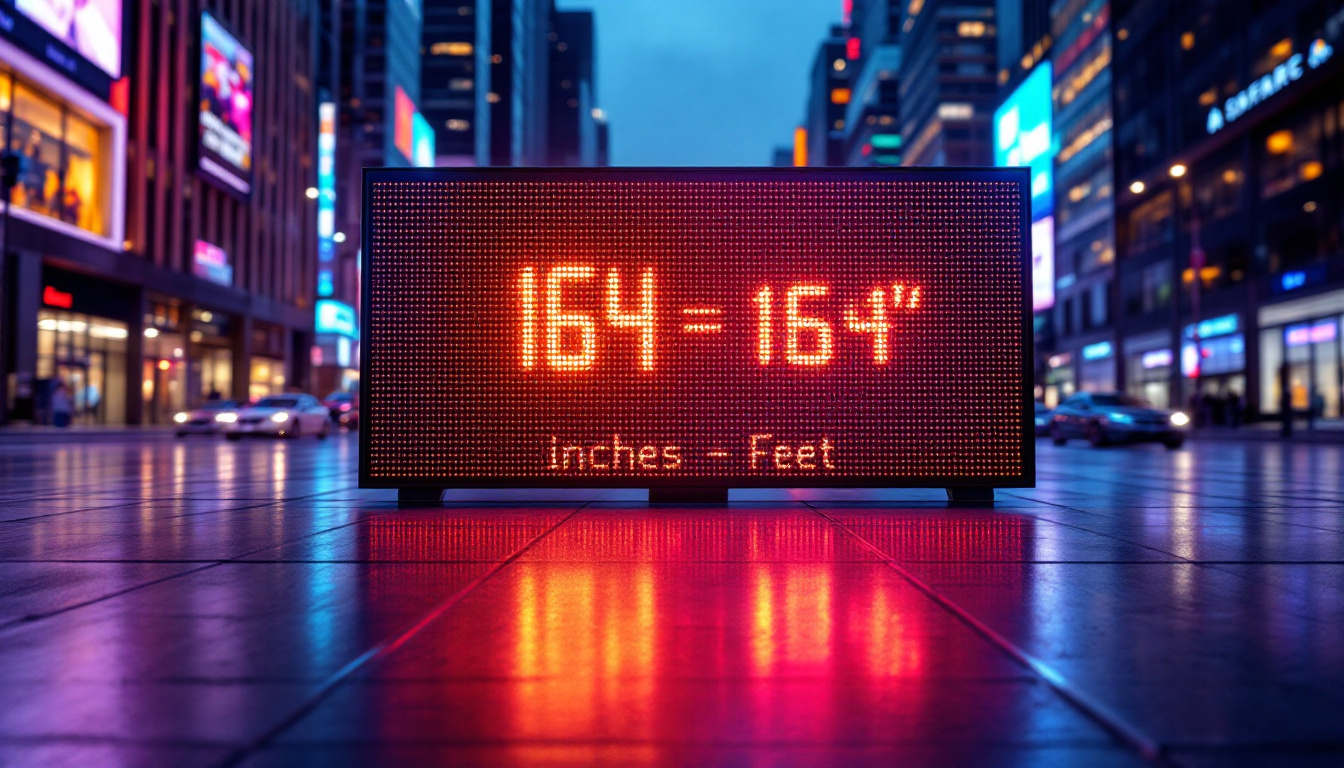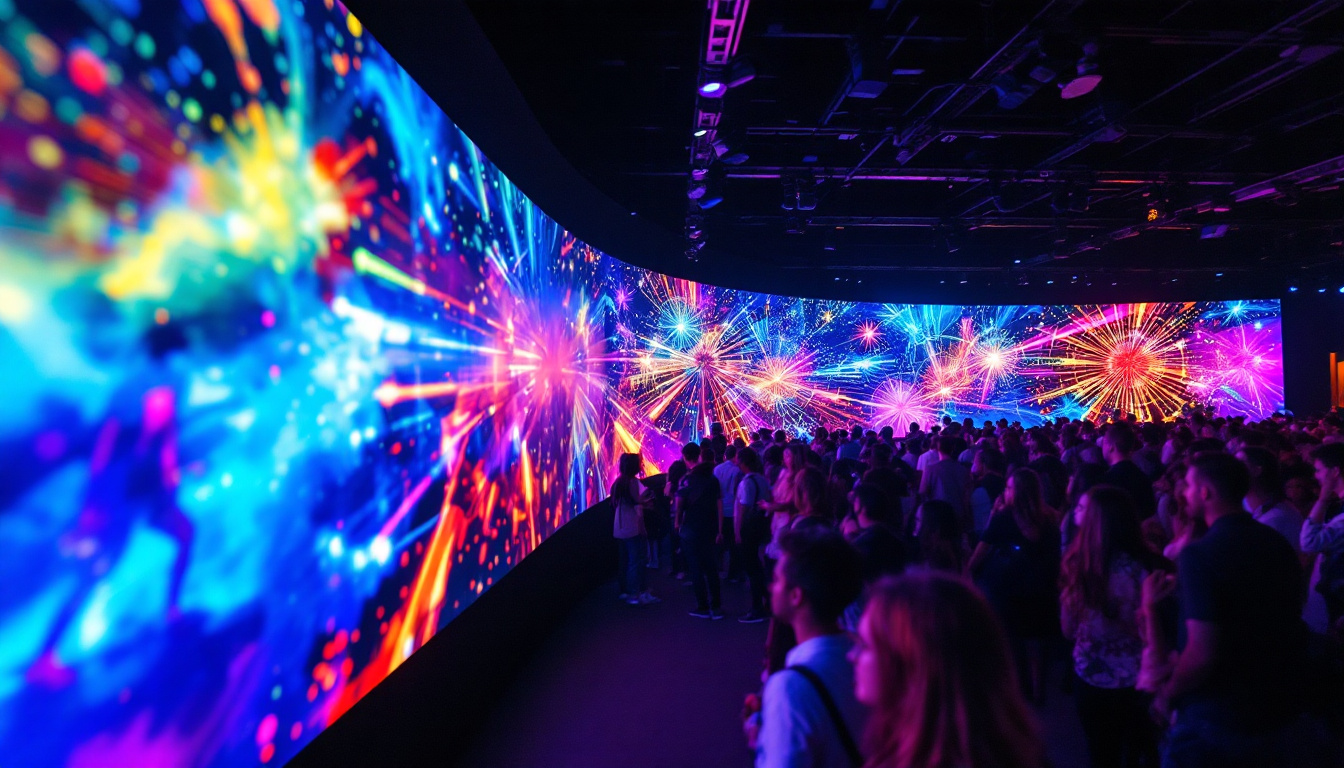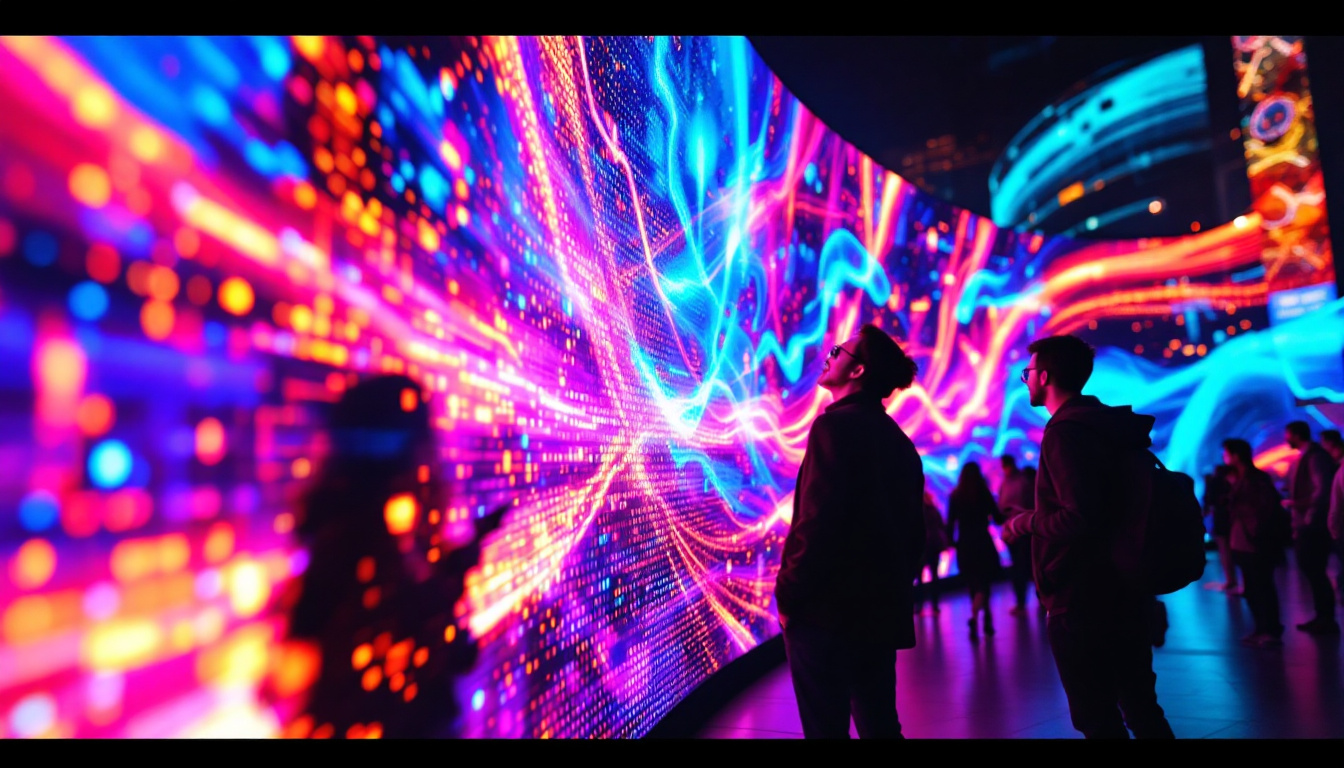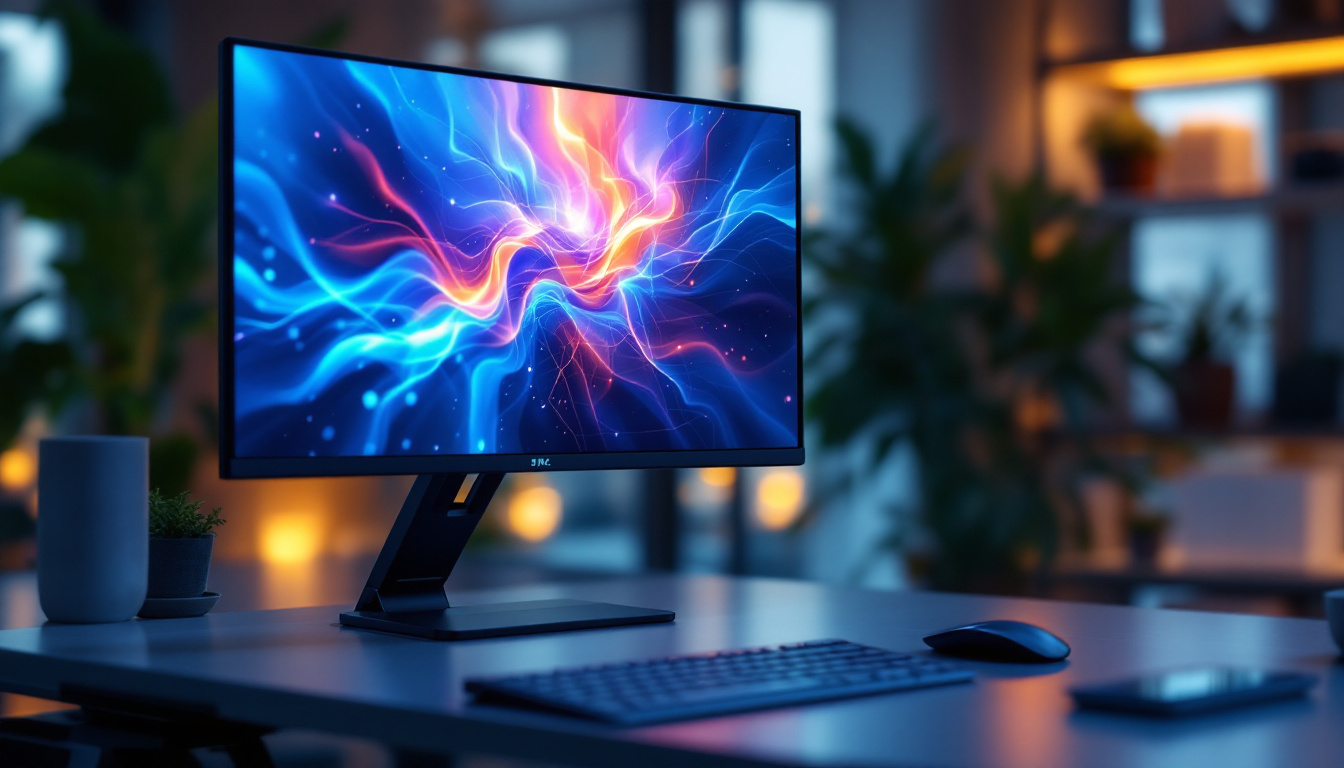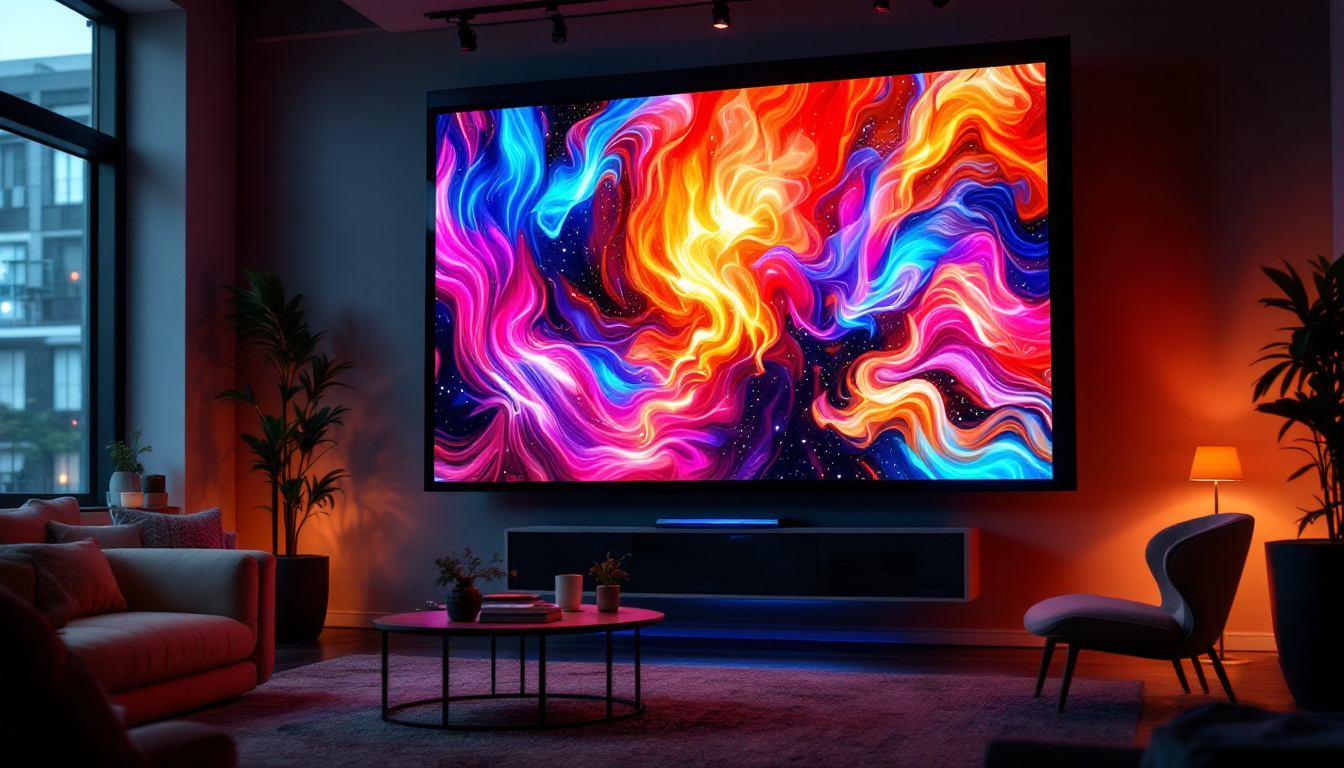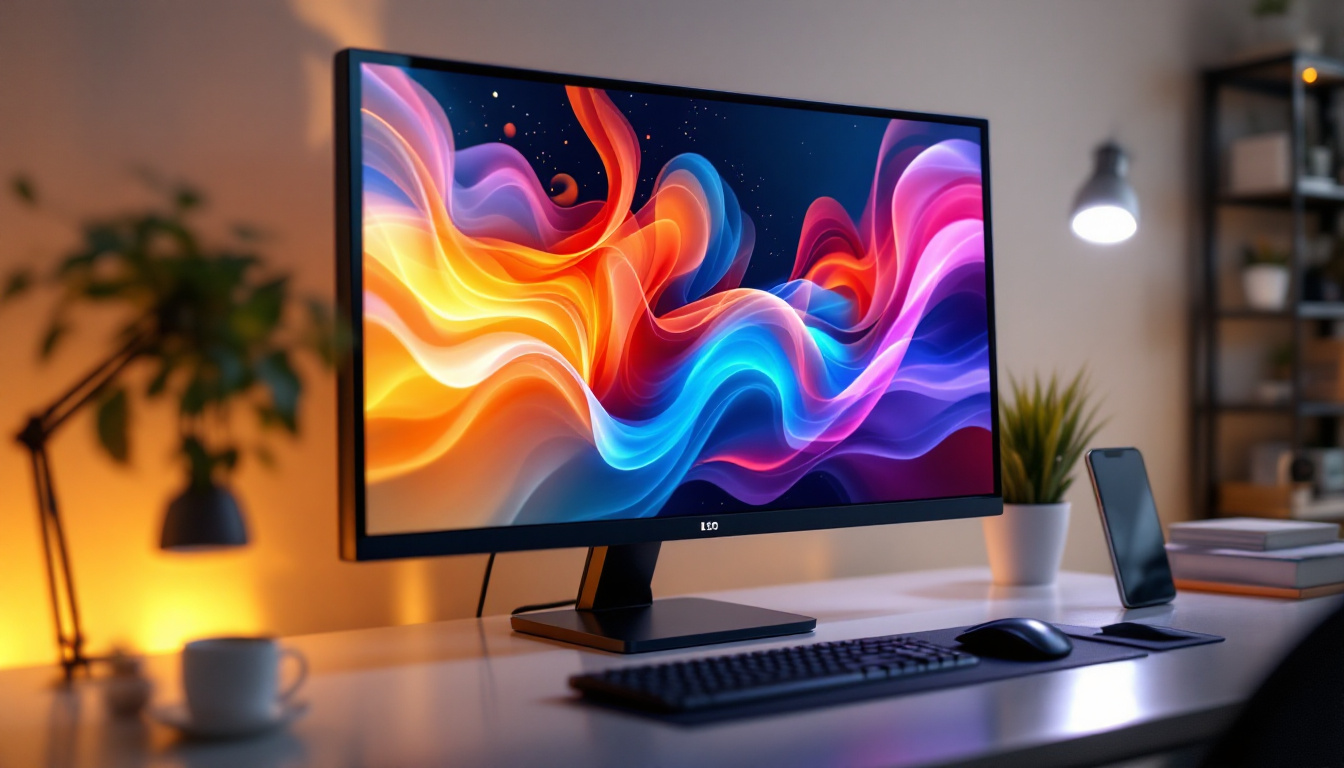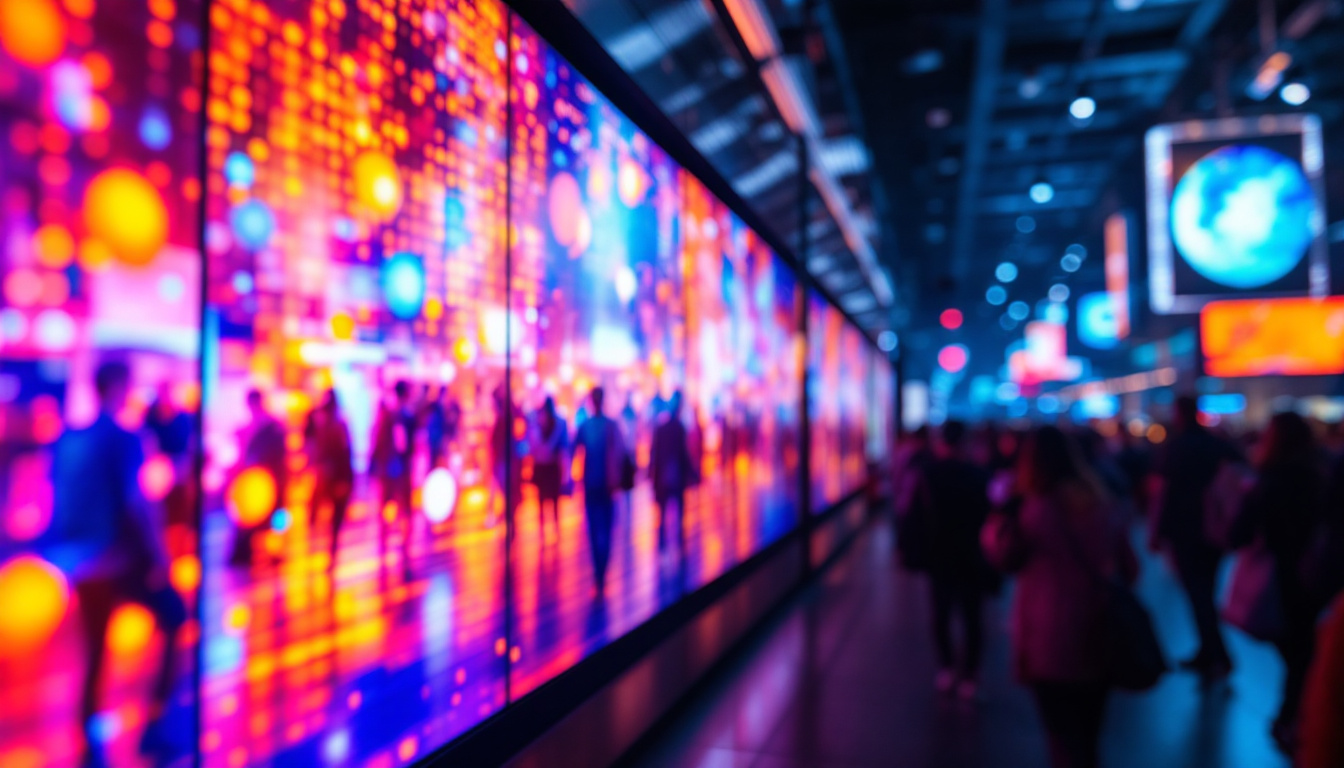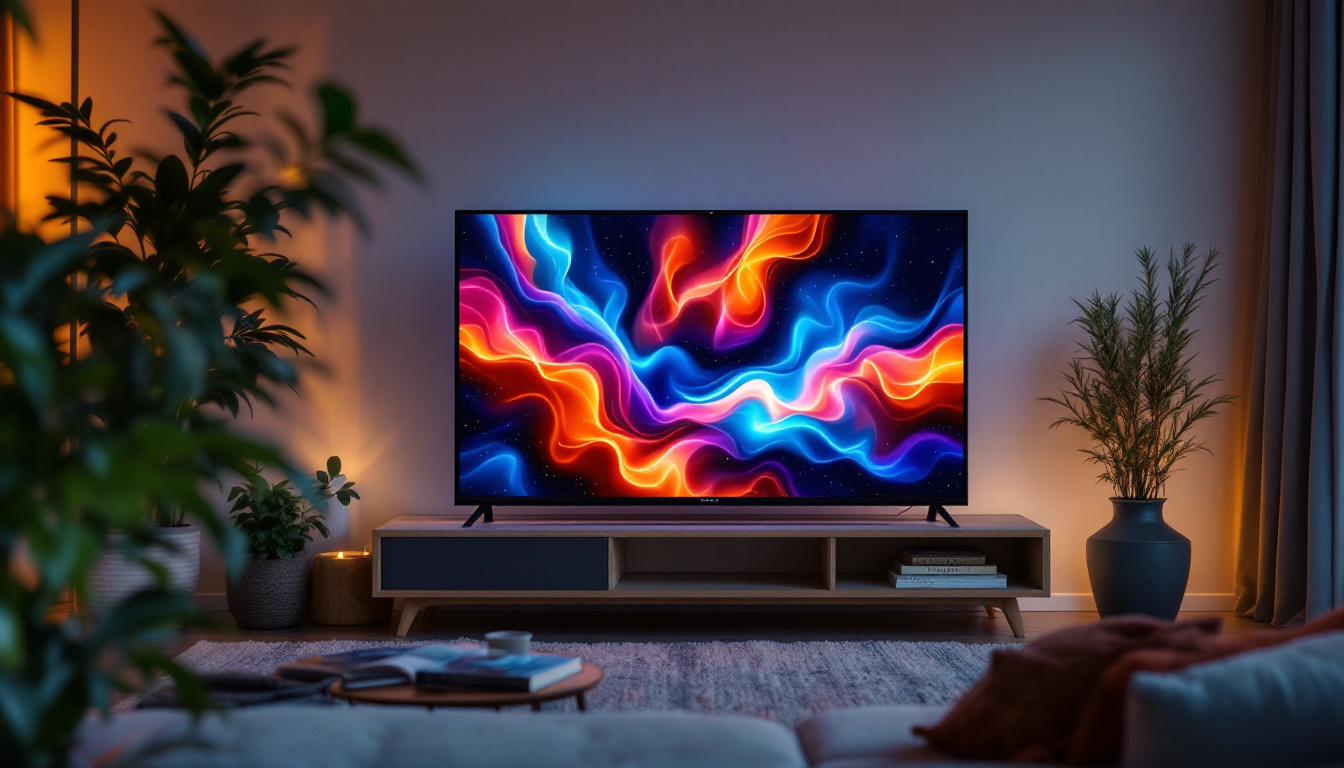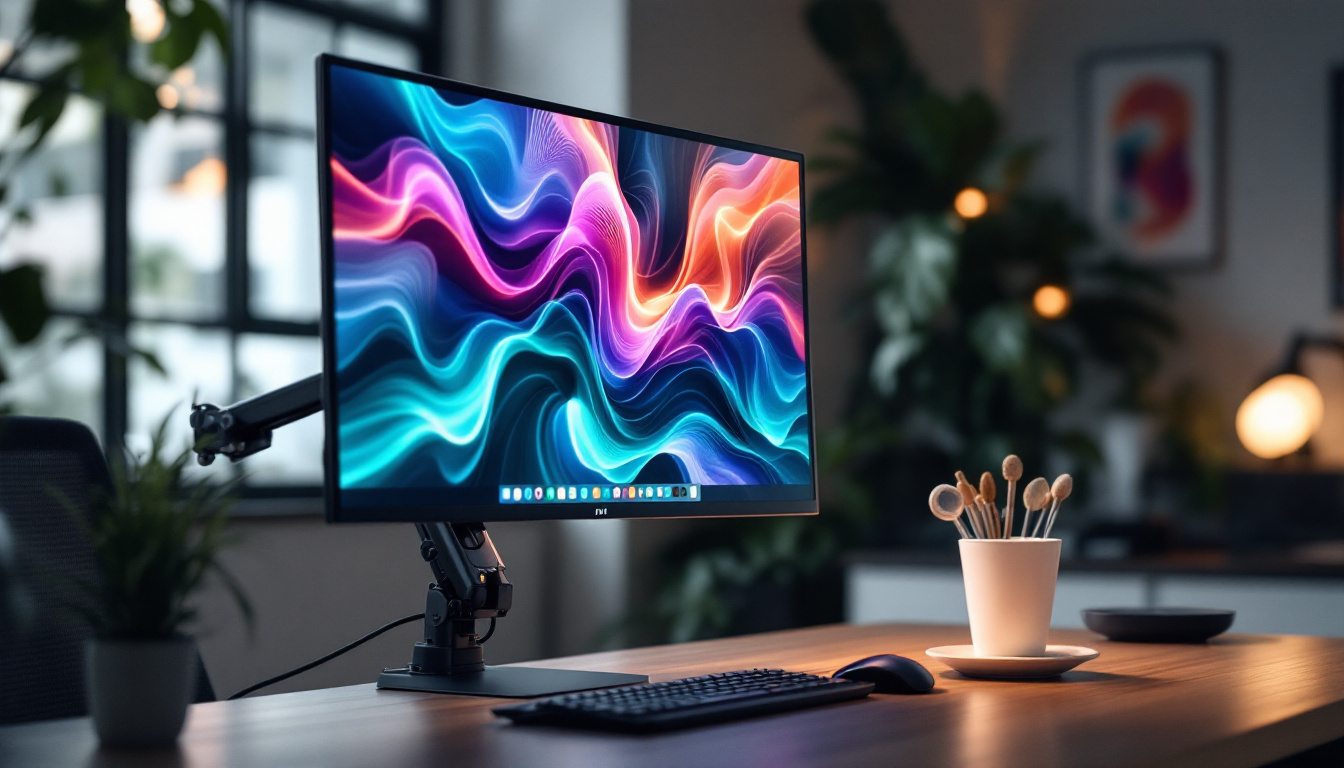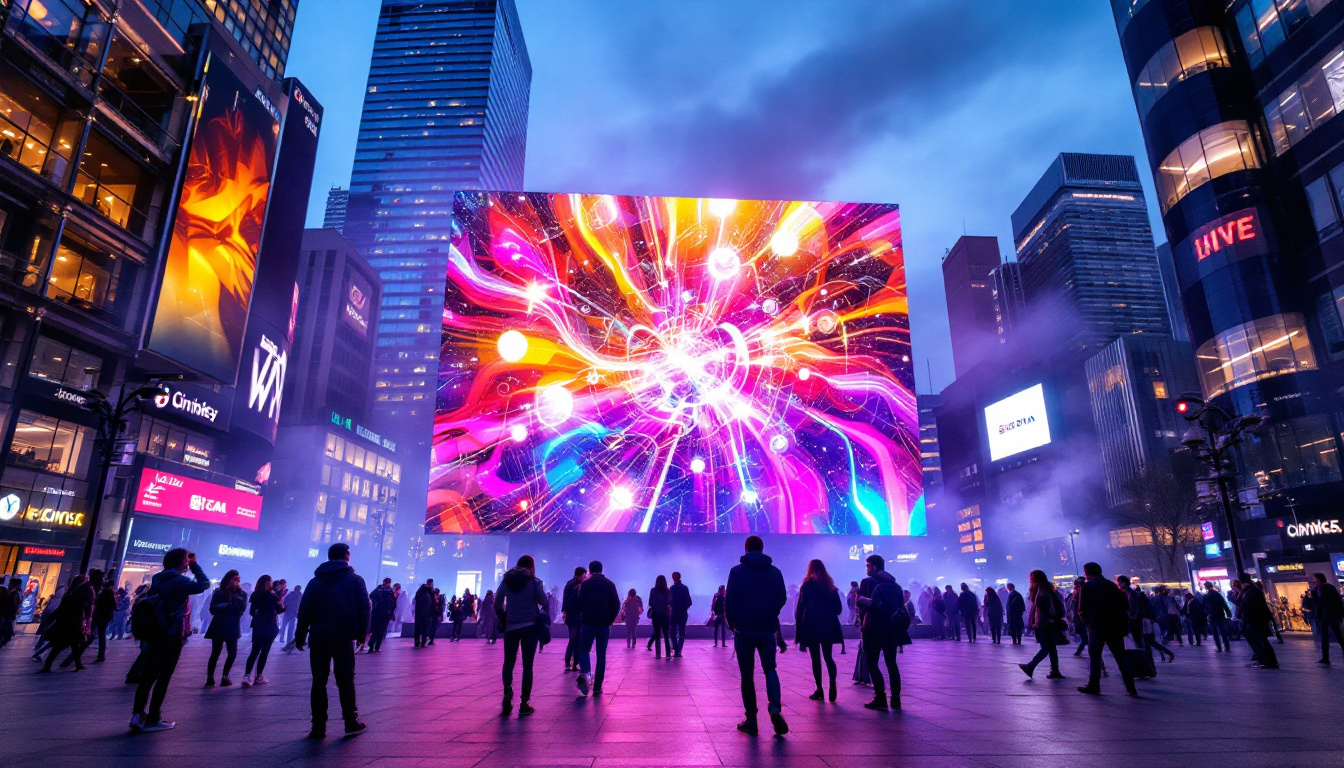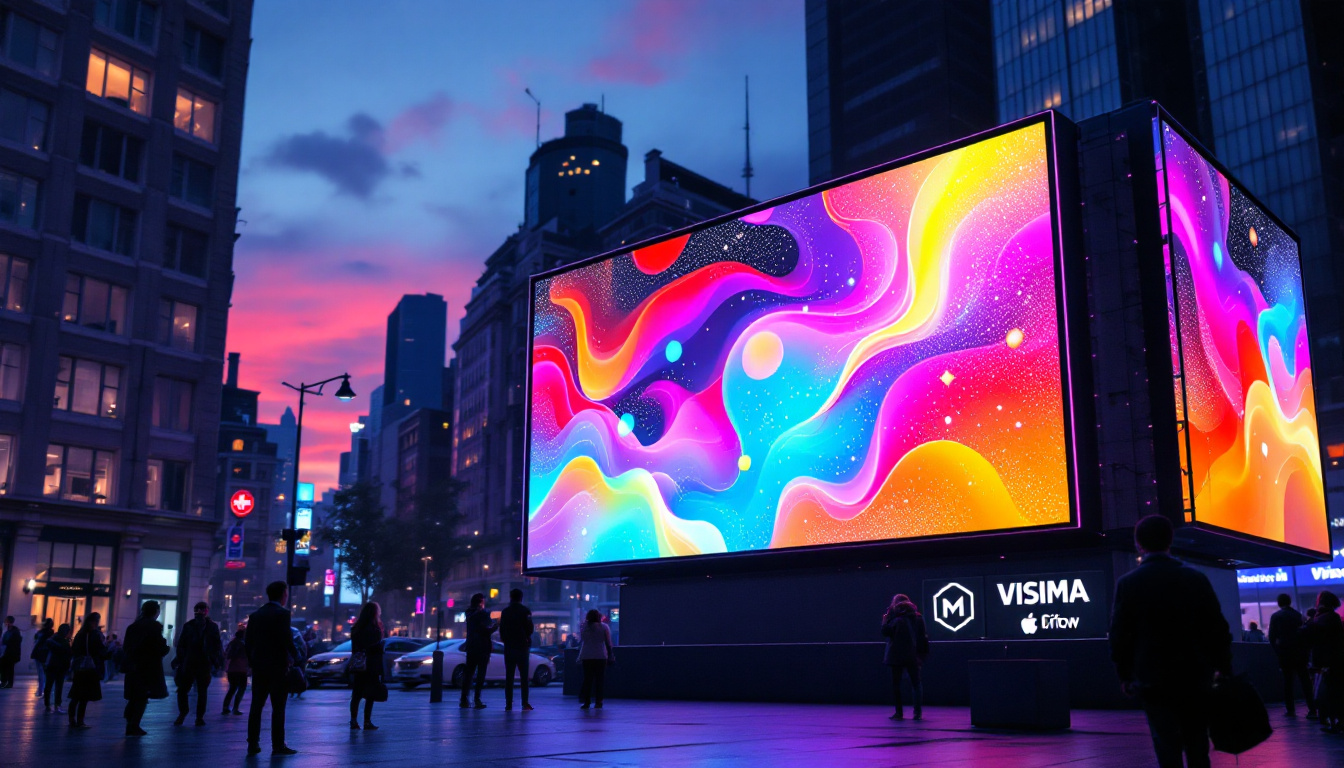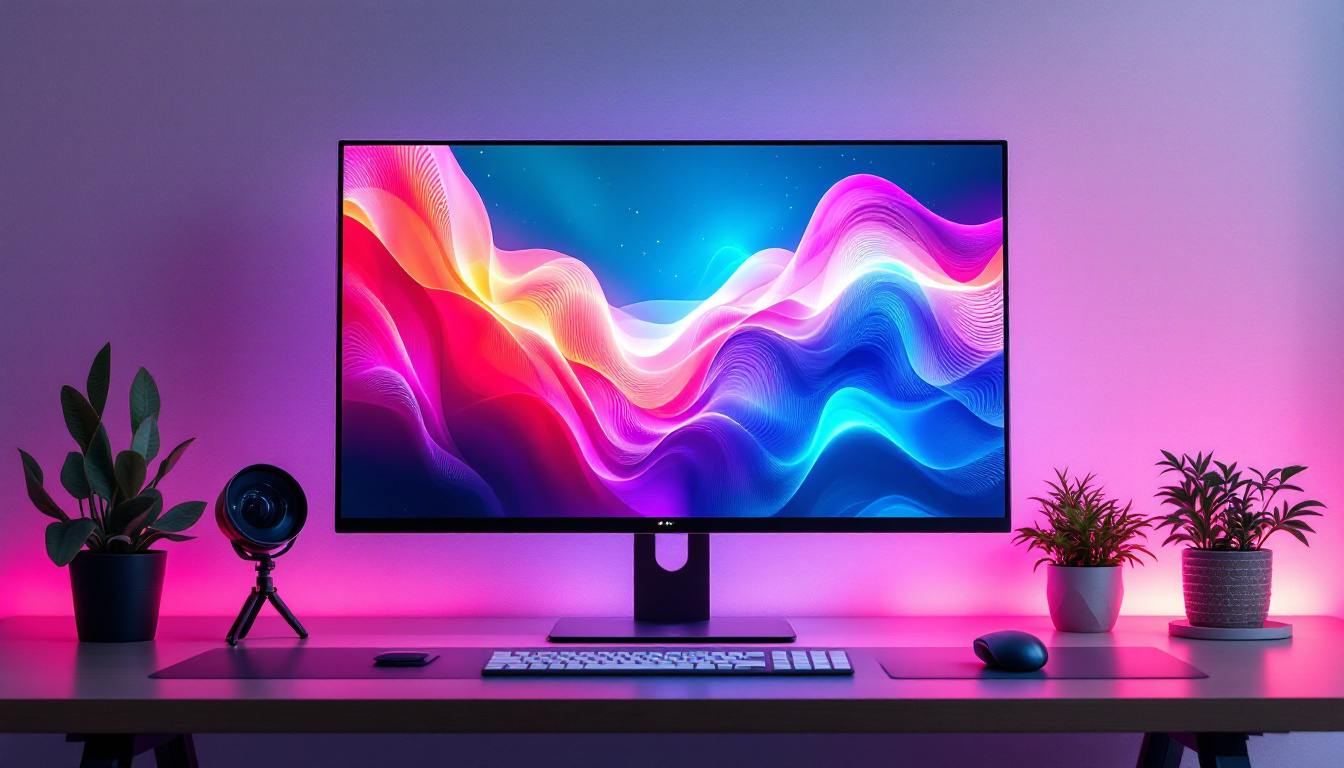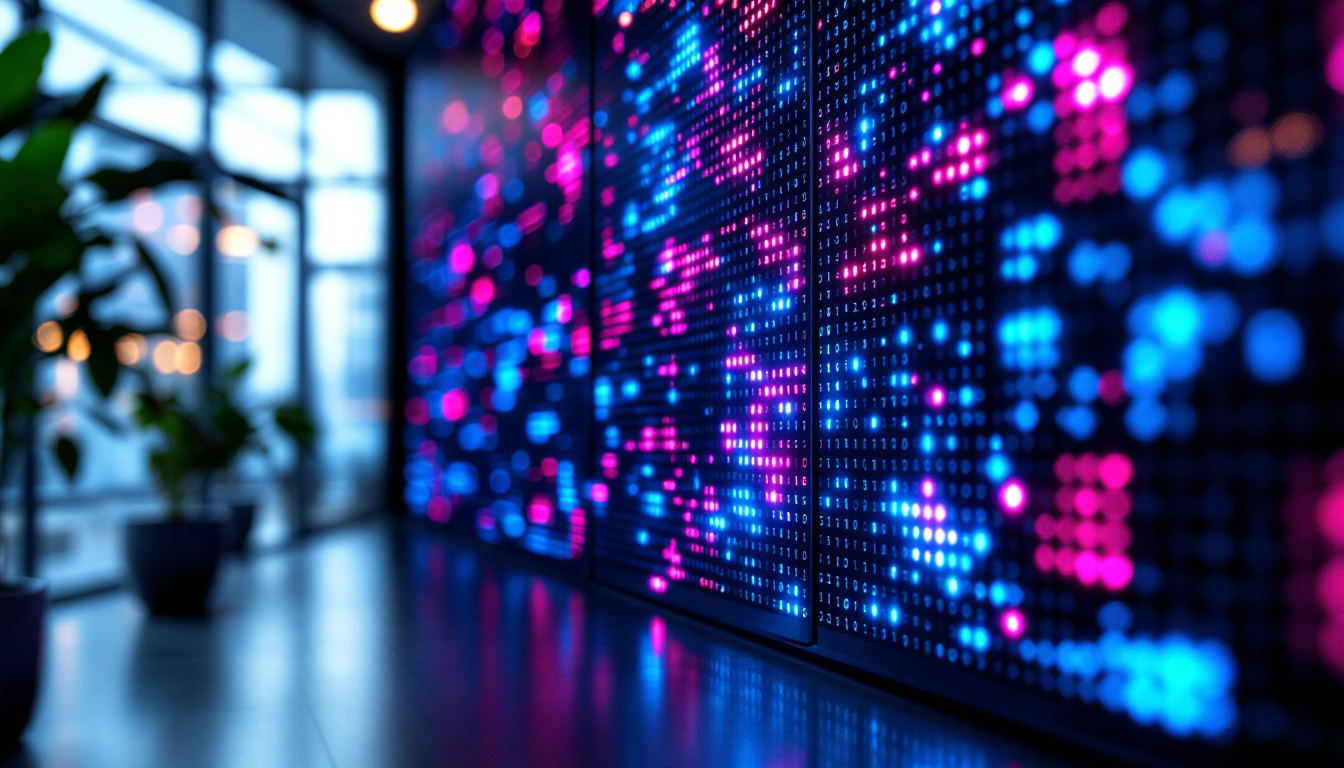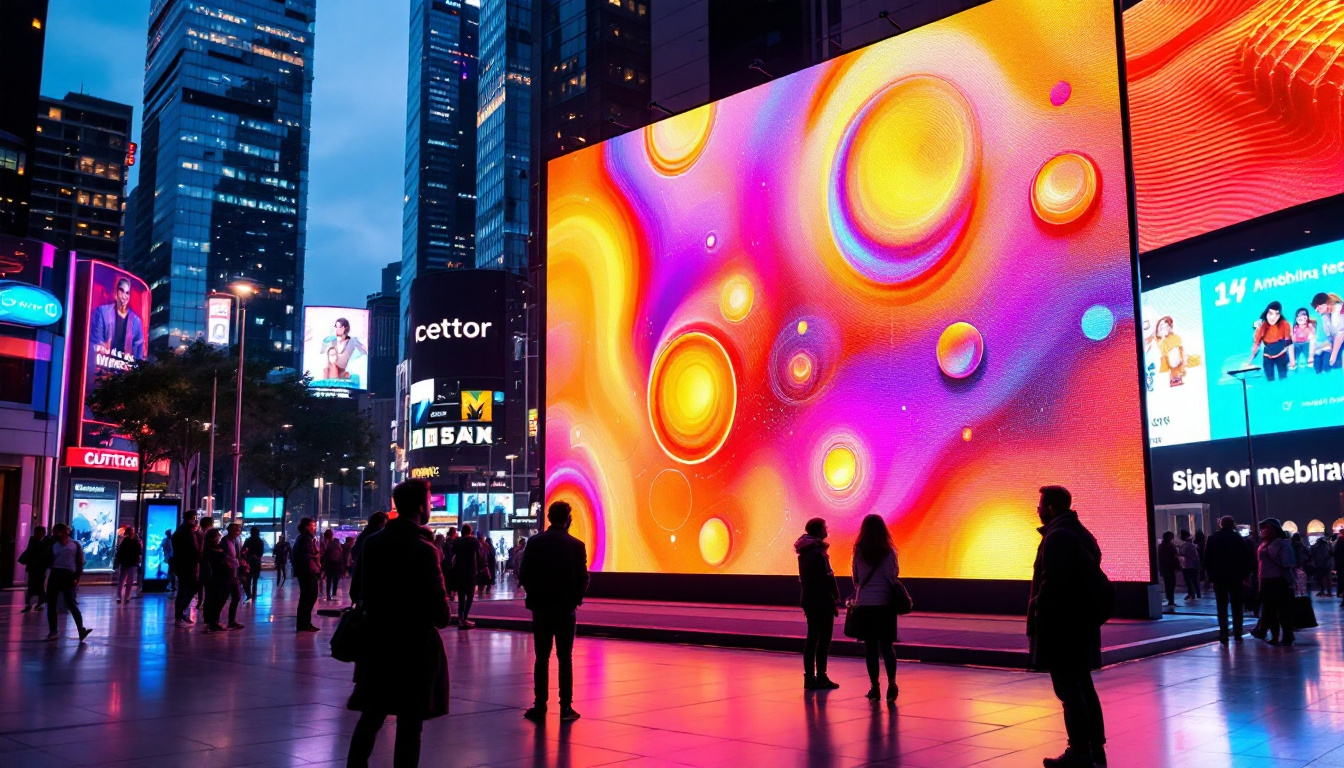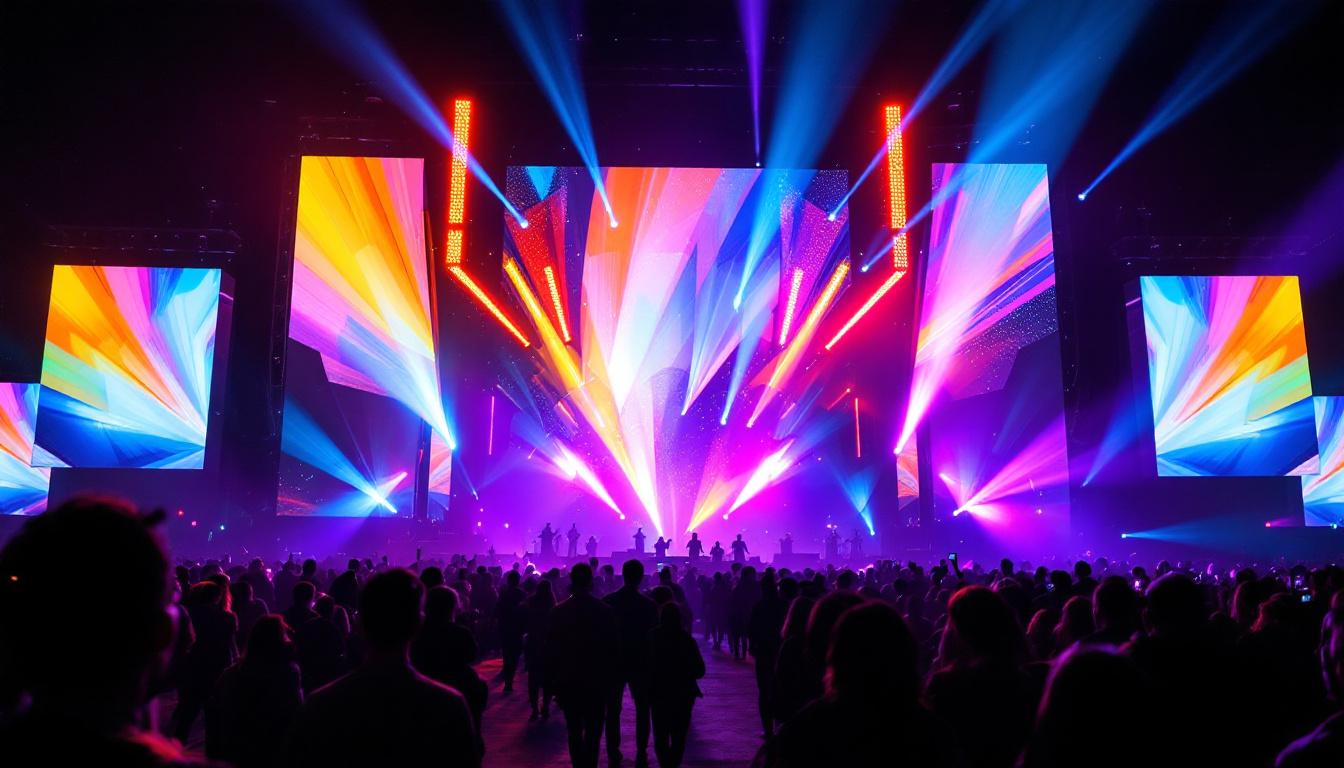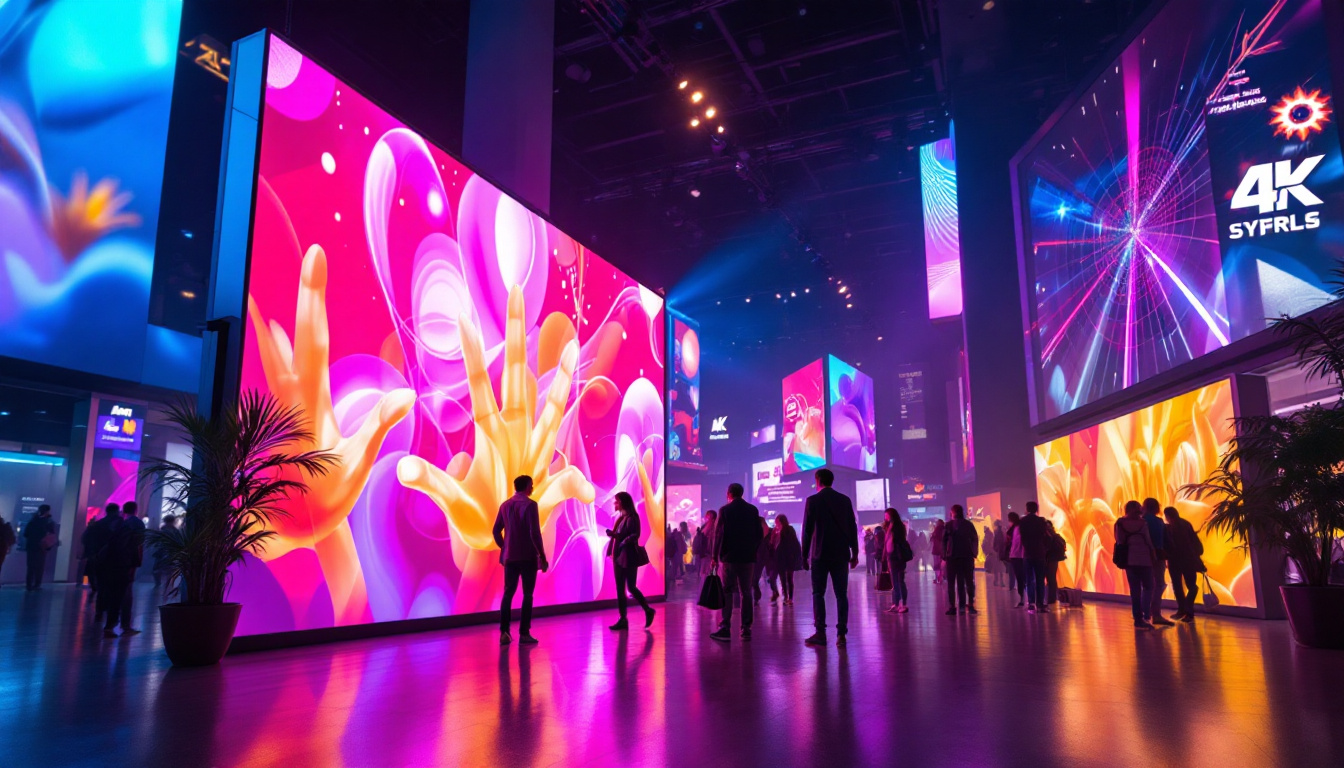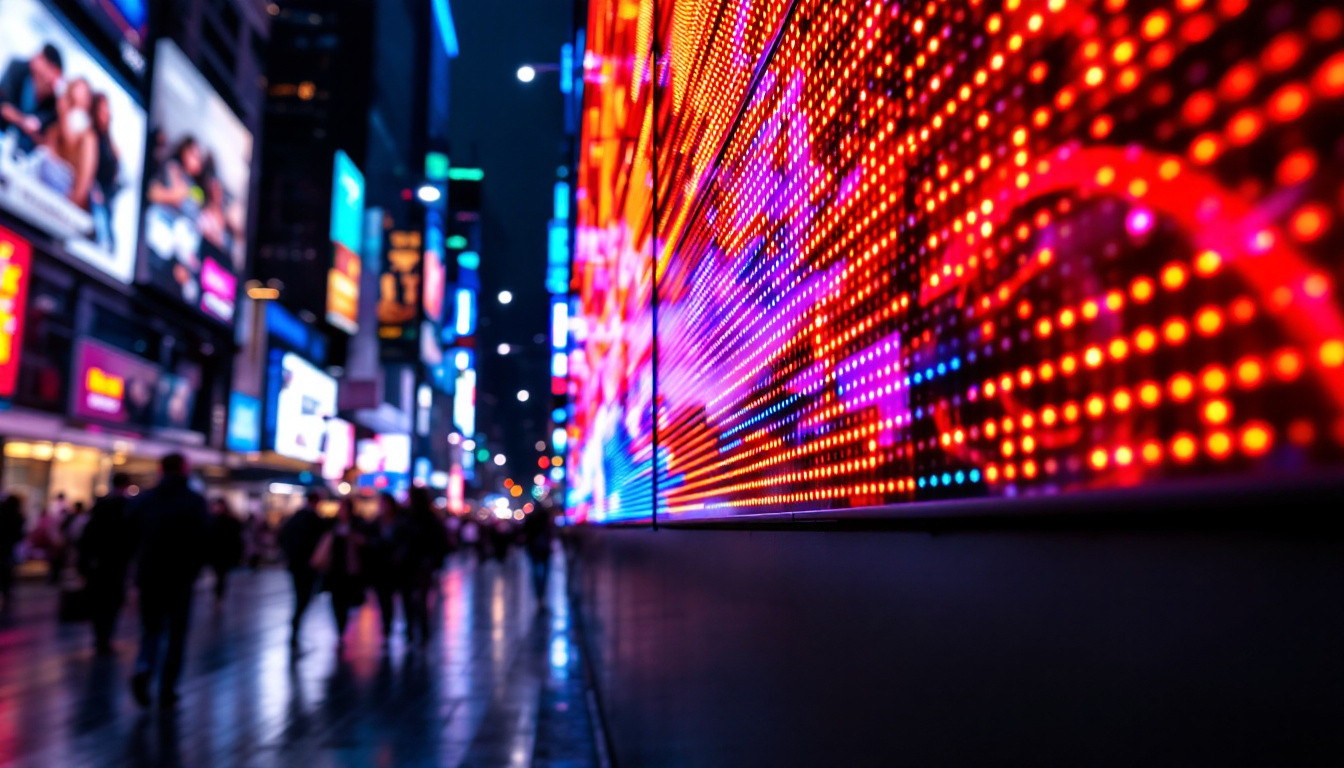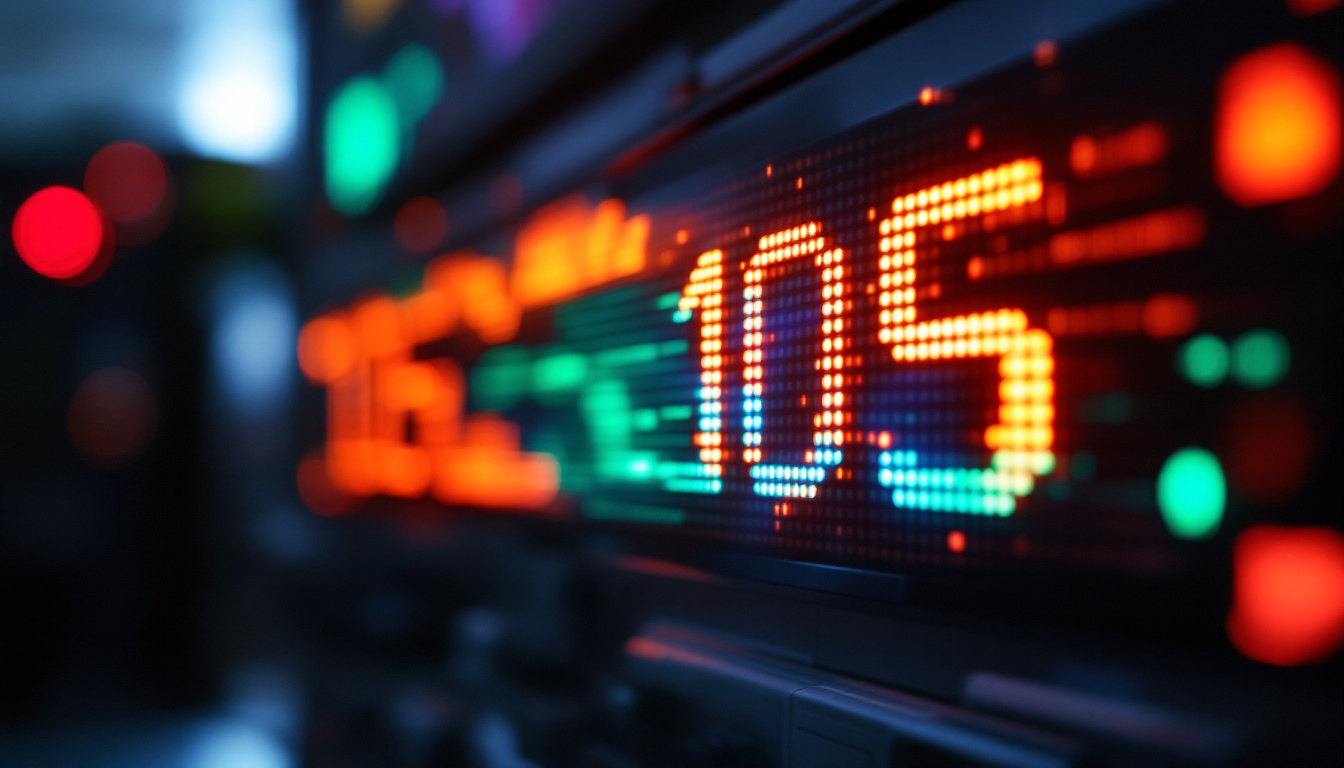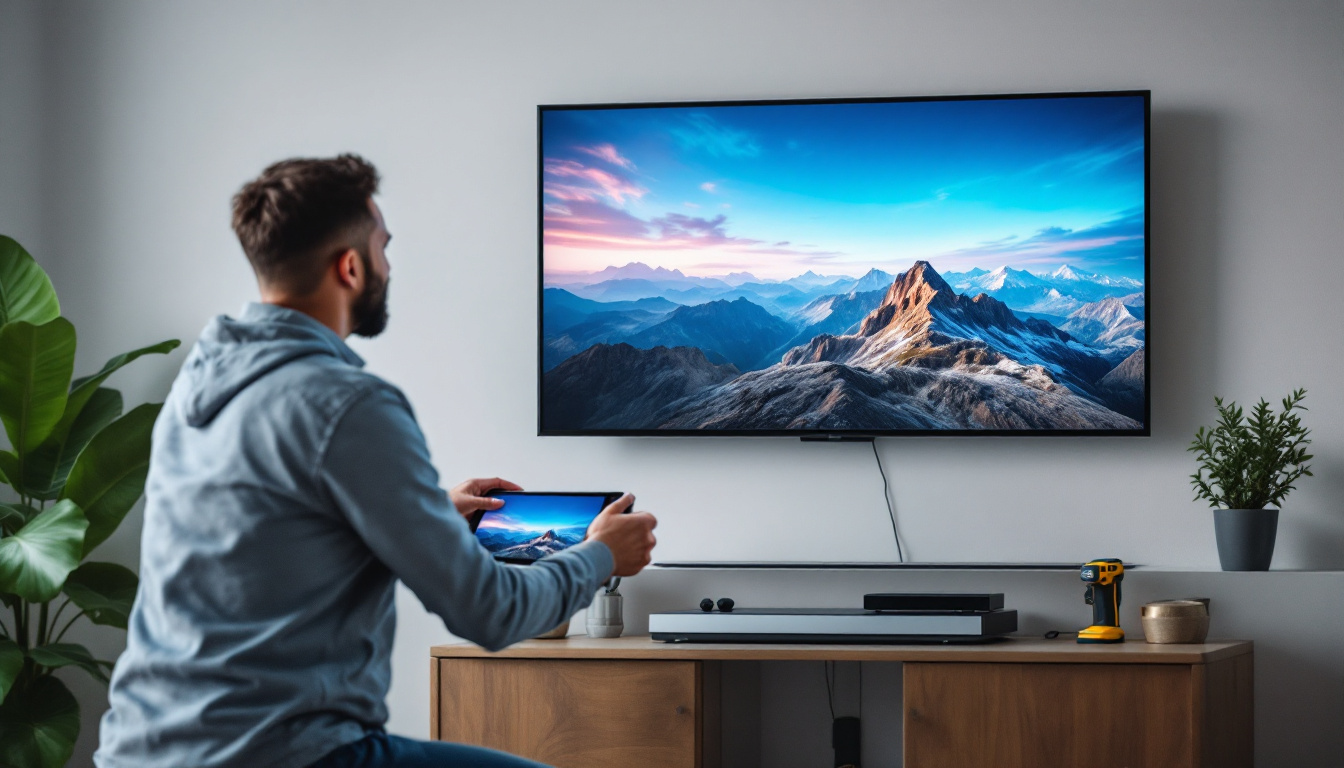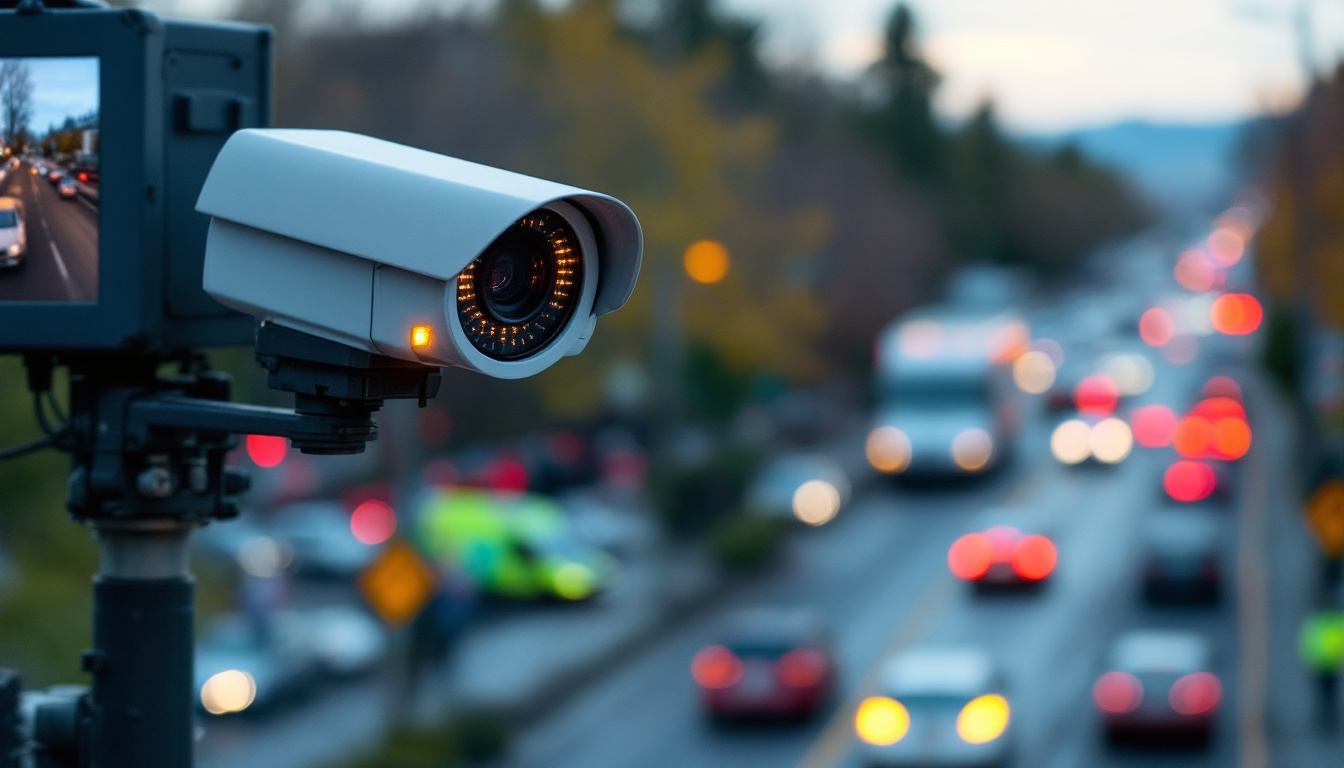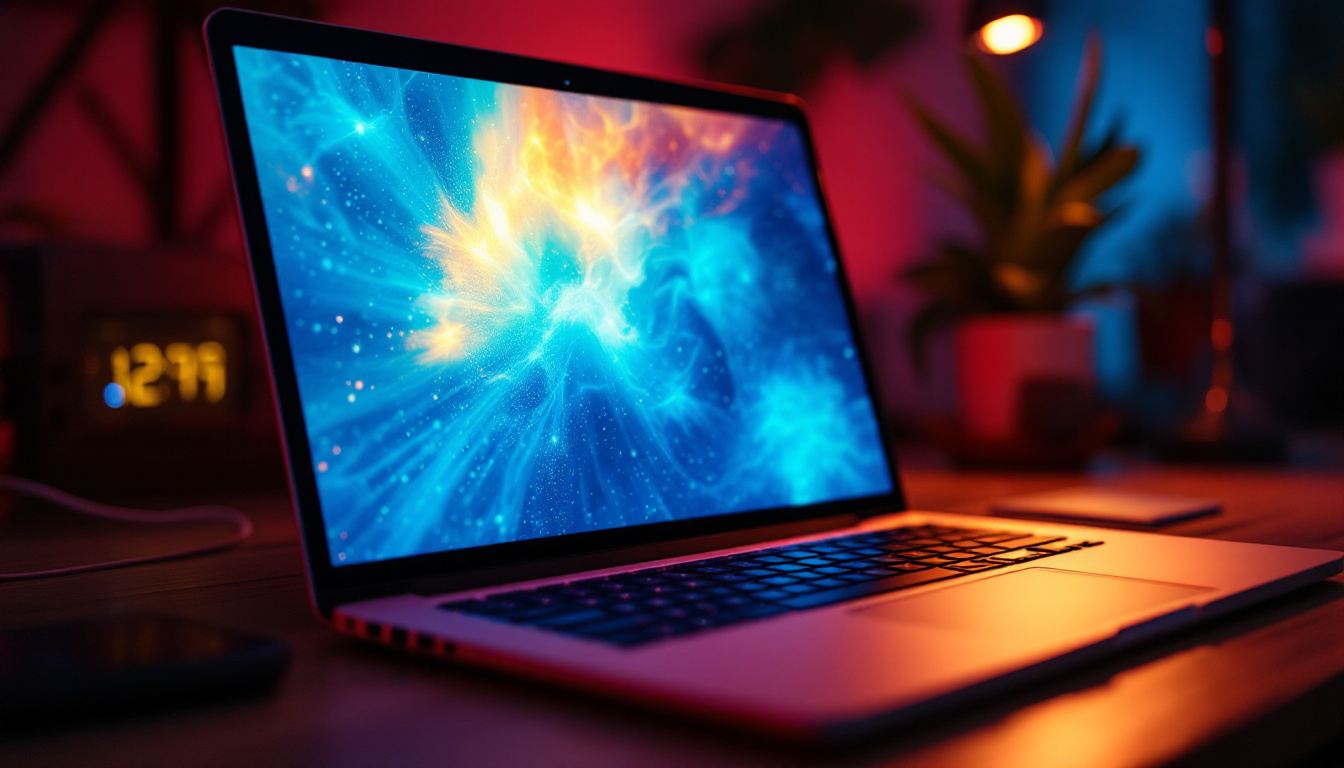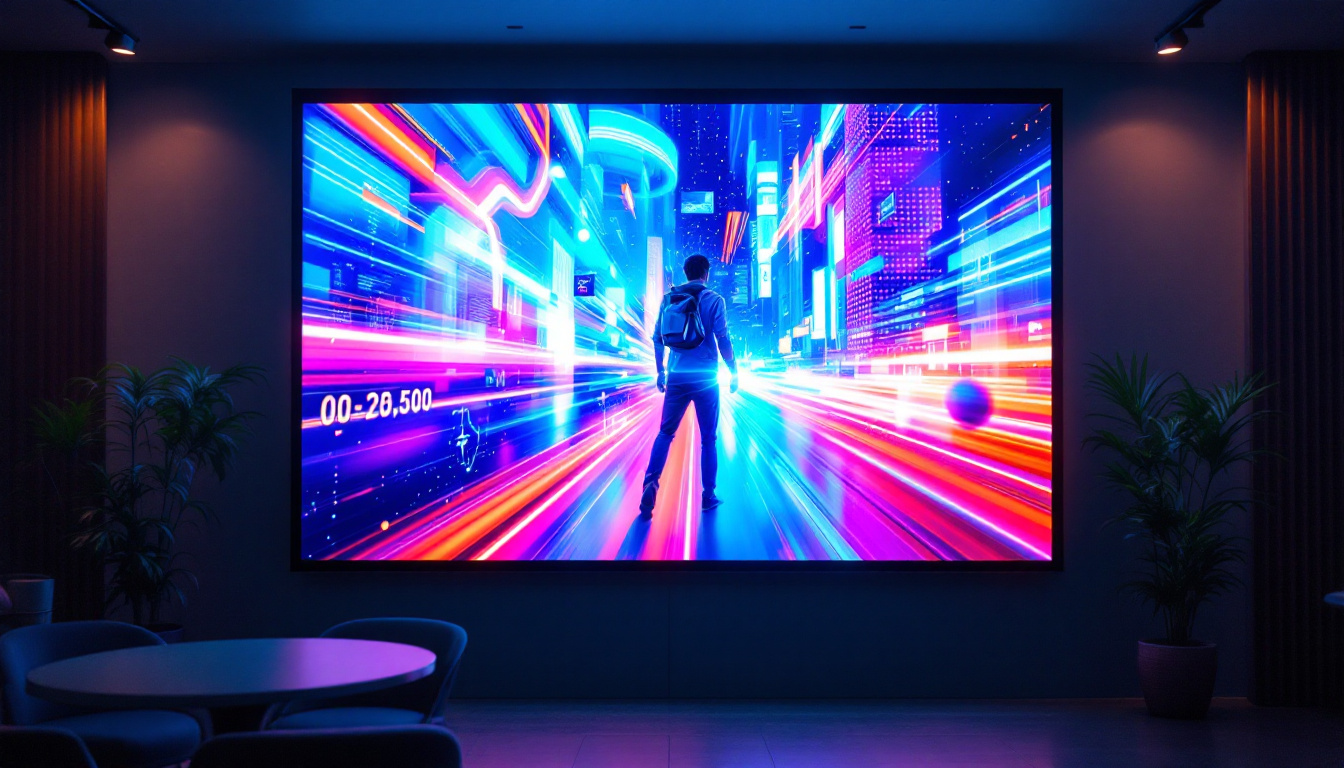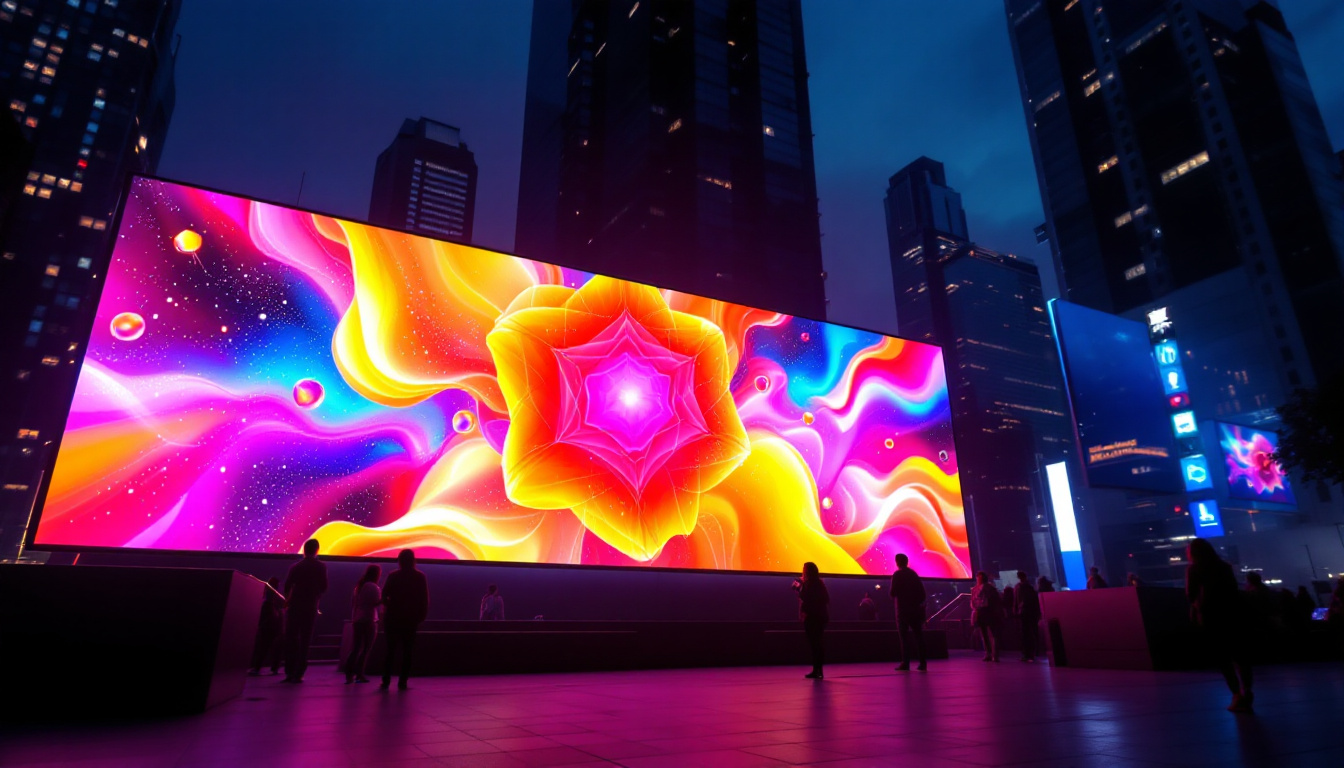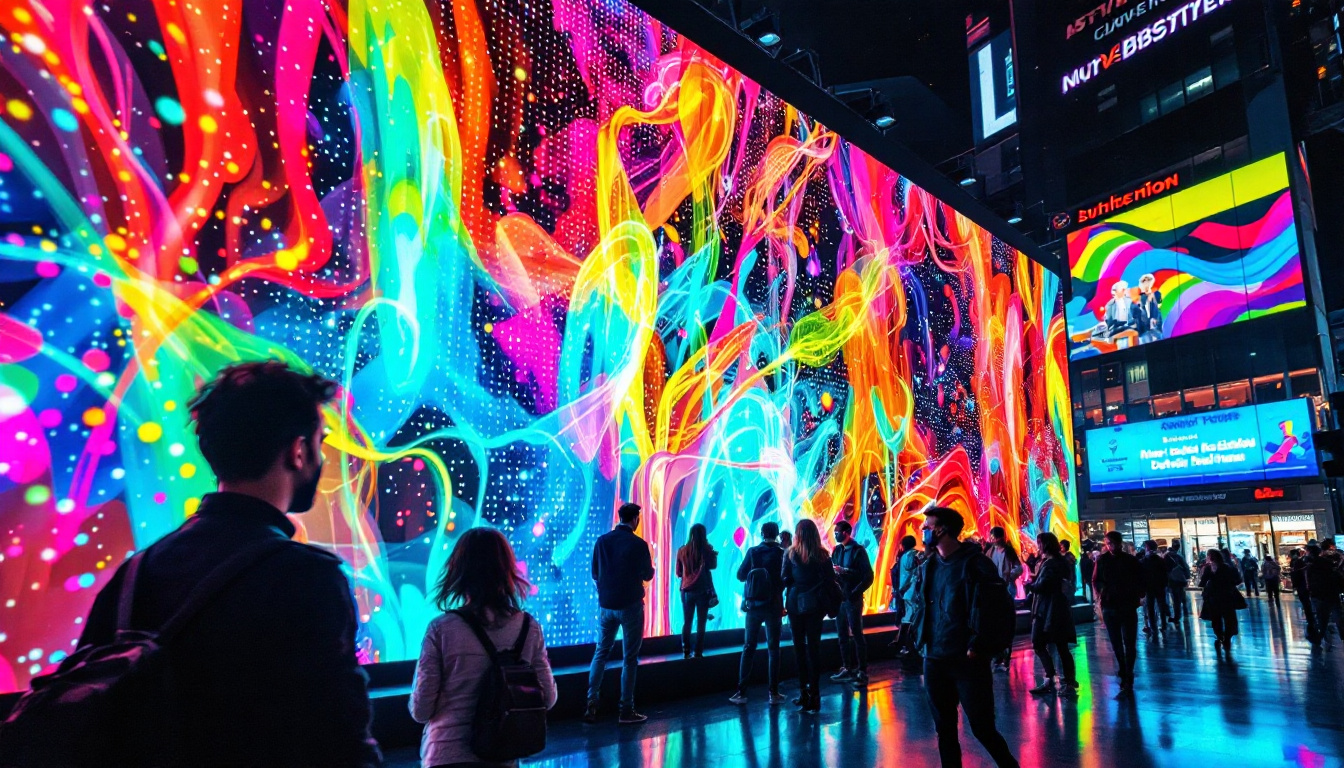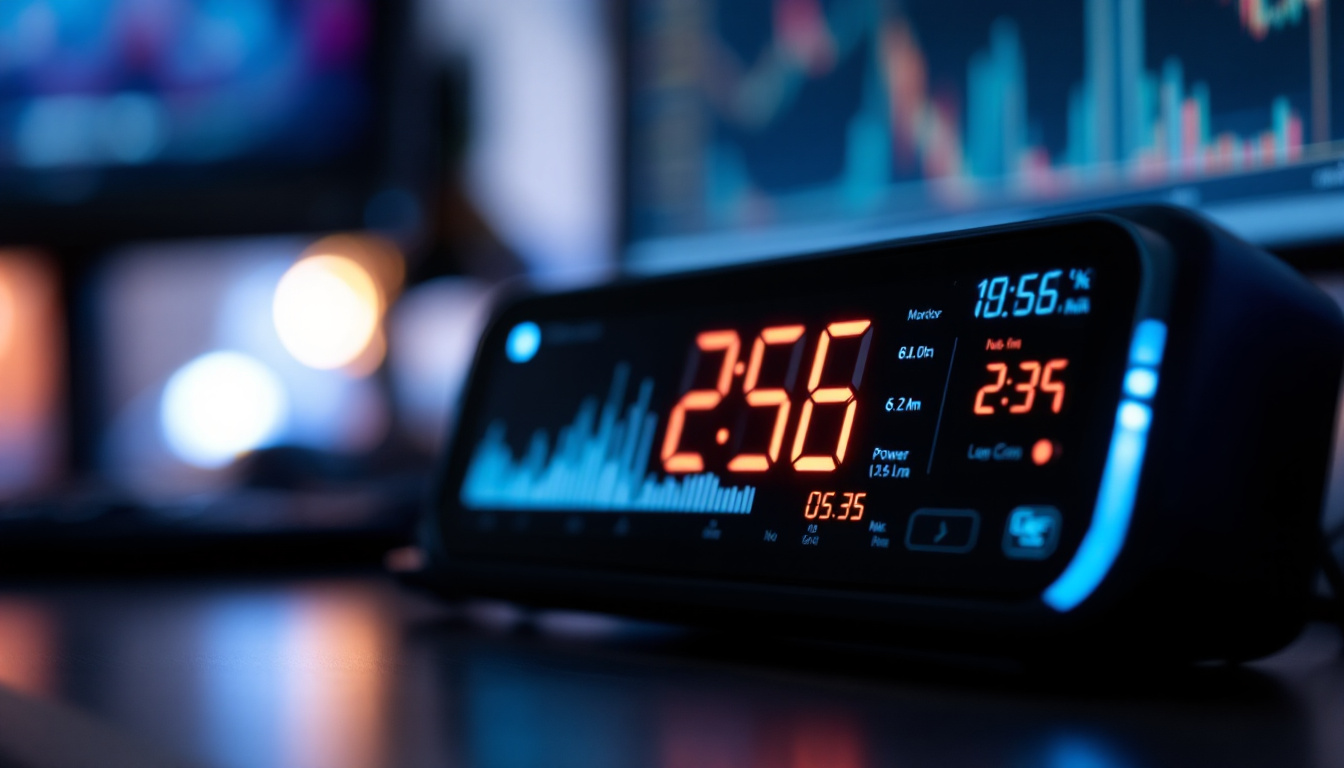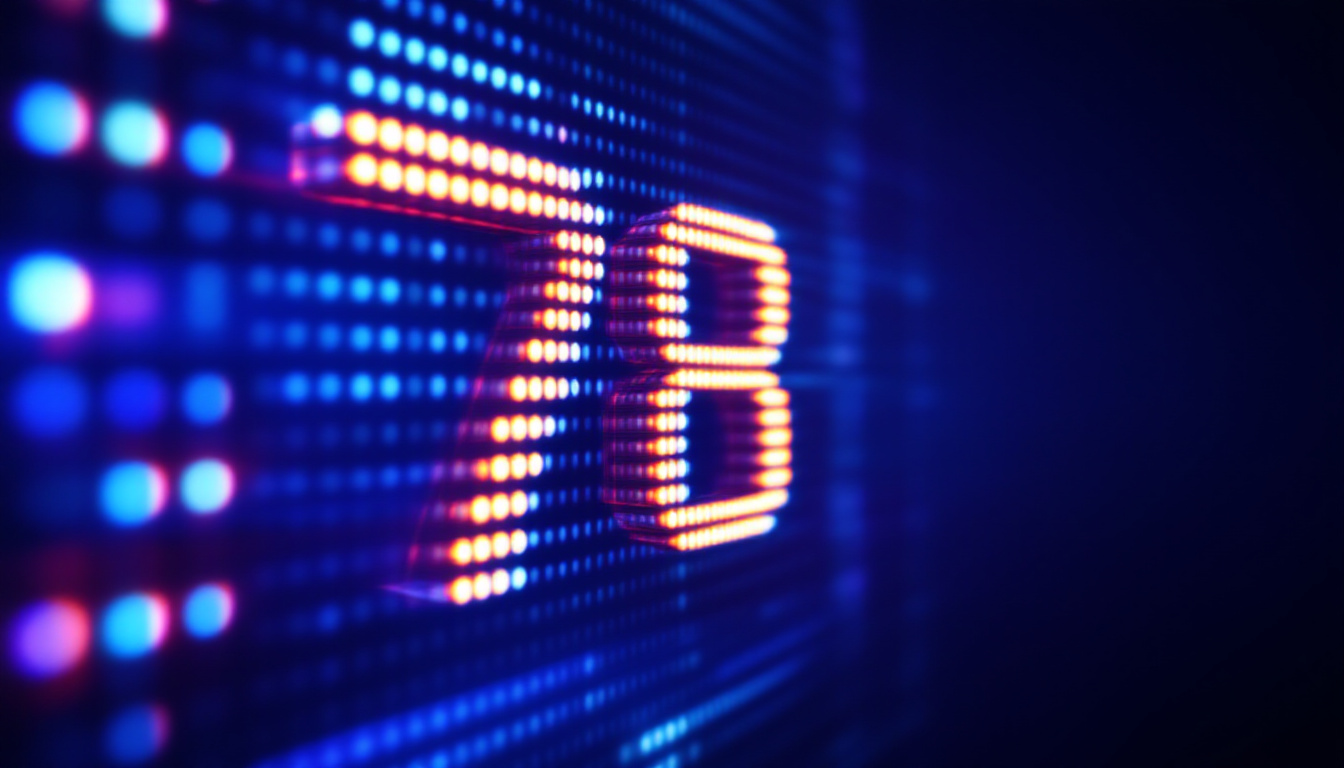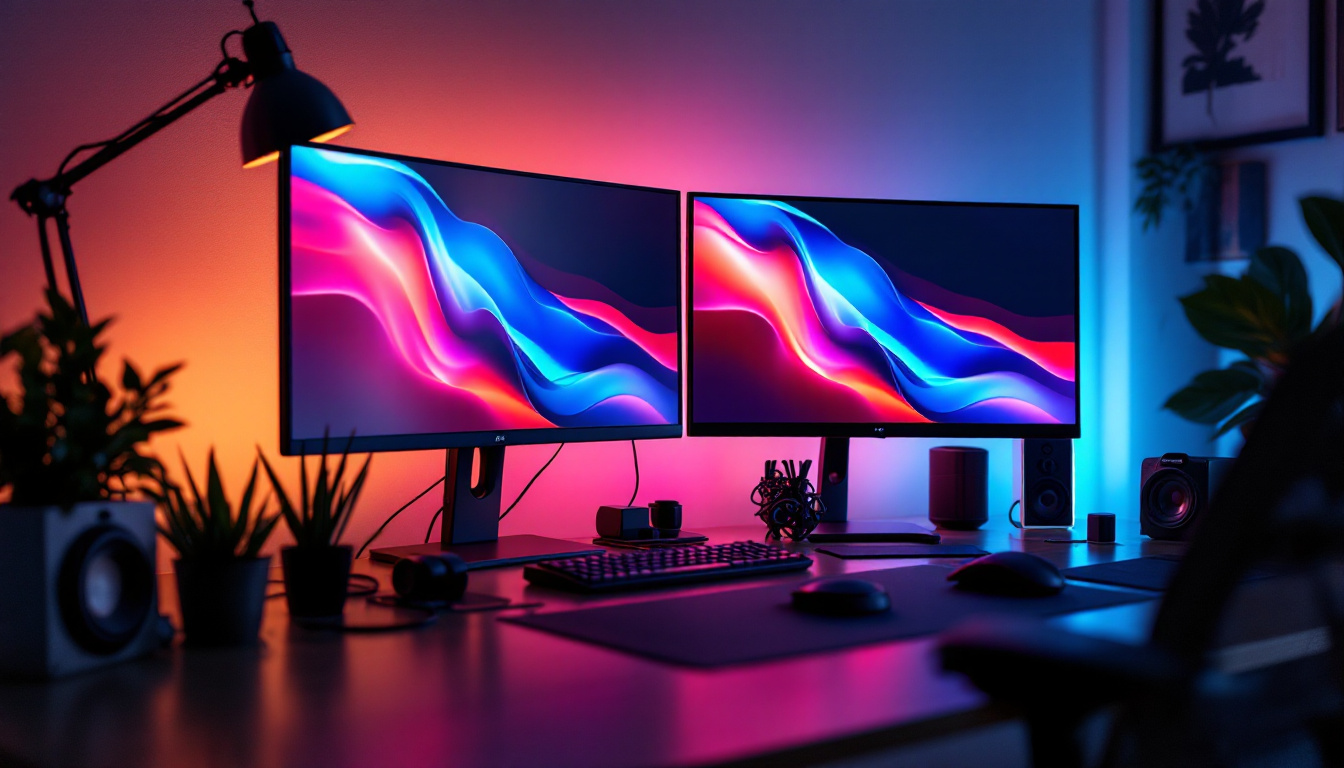In the world of digital displays, understanding the dimensions and specifications can significantly enhance the decision-making process for businesses and individuals alike. One common query that arises is the conversion of inches to feet, particularly when discussing large LED displays. This article will explore the conversion of 164 inches into feet, the significance of these measurements in the context of LED displays, and the various factors that influence their performance and application.
Understanding the Conversion: Inches to Feet
To comprehend the dimensions of an LED display, it’s essential to grasp the basic conversion between inches and feet. The conversion factor is straightforward: there are 12 inches in a foot. Therefore, to convert inches to feet, one must divide the number of inches by 12.
Calculating 164 Inches in Feet
To convert 164 inches into feet, the calculation is simple:
164 inches ÷ 12 = 13.67 feet
This means that a display measuring 164 inches is approximately 13.67 feet in length. Understanding this measurement is crucial for determining the appropriate size for various applications, whether it be for advertising, presentations, or entertainment.
Why Size Matters in LED Displays
The size of an LED display can significantly impact its visibility and effectiveness. Larger displays are often more visible from greater distances, making them ideal for outdoor advertising or large venues. Conversely, smaller displays may be more suitable for intimate settings or indoor environments.
When selecting an LED display, the size in feet can help determine the viewing distance and the audience’s engagement level. A display that is too small may not capture attention, while one that is excessively large may overwhelm the viewer.
Moreover, the pixel density of an LED display also plays a critical role in how effectively the content is perceived. Displays with higher pixel density provide clearer and more detailed images, which can be particularly important for intricate graphics or text-heavy presentations. Therefore, when considering size, it’s also vital to take into account the resolution of the display to ensure that the visual experience aligns with the intended purpose.
Additionally, the environment in which the display will be installed can influence the optimal size. For example, a display placed in a bustling urban area with numerous distractions may need to be larger and more vibrant to stand out. In contrast, a display in a quiet conference room may benefit from a more moderate size that complements the surrounding decor without being overpowering. Understanding these dynamics can help in making informed decisions about the ideal display size and type for any given situation.
LED Display Technology: An Overview
LED (Light Emitting Diode) technology has revolutionized the way visual information is conveyed. Unlike traditional display technologies, LED displays offer several advantages, including brightness, energy efficiency, and versatility in application.
Brightness and Clarity
One of the standout features of LED displays is their brightness. They can produce vivid colors and high contrast ratios, making them suitable for both indoor and outdoor use. This brightness is particularly important in environments with high ambient light, where traditional displays may struggle to be seen.
Moreover, the clarity of an LED display is enhanced by its pixel density. Higher pixel density results in sharper images and text, which is essential for conveying information effectively, especially in advertising and informational displays. The ability to maintain visual integrity at various viewing distances further amplifies their utility in settings like sports arenas and concert venues, where audiences are spread over large areas.
Energy Efficiency and Longevity
LED technology is known for its energy efficiency. Compared to traditional lighting and display technologies, LED displays consume significantly less power, leading to lower operational costs. This efficiency not only benefits the environment but also provides financial savings over time.
Additionally, LED displays have a longer lifespan, often lasting tens of thousands of hours. This durability reduces the need for frequent replacements and maintenance, making them a cost-effective solution in the long run. The low heat output of LEDs also contributes to their longevity, minimizing the risk of overheating and subsequent damage, which is a common issue with older display technologies. As a result, businesses can enjoy uninterrupted service and reduced downtime, further enhancing operational efficiency.
Furthermore, the modular design of many LED displays allows for easy upgrades and repairs. This adaptability means that as technology advances, businesses can enhance their displays without the need for a complete overhaul, ensuring they remain at the forefront of visual communication. The integration of smart technology with LED displays also opens up new possibilities, allowing for dynamic content management and real-time updates, which are invaluable in fast-paced environments like retail and transportation hubs.
Applications of LED Displays
LED displays are versatile and can be used in a variety of settings. Their applications range from advertising to entertainment, and understanding these uses can help businesses leverage this technology effectively.
Advertising and Marketing
One of the most common applications of LED displays is in advertising. Billboards, storefronts, and event venues utilize LED technology to capture the attention of potential customers. The dynamic nature of LED displays allows for changing content, which can be tailored to specific audiences or events.
For instance, a retail store might use an LED display to showcase current promotions or new arrivals, drawing in foot traffic and increasing sales. The ability to update content quickly and easily is a significant advantage in the fast-paced world of marketing.
Entertainment and Events
In the entertainment industry, LED displays play a crucial role in enhancing the audience experience. Concerts, festivals, and sporting events often feature large LED screens that provide visuals, live feeds, and information to the crowd.
These displays not only improve visibility but also create an immersive experience for attendees. The vibrant colors and high resolution of LED technology can elevate performances, making events more memorable.
Choosing the Right LED Display
When selecting an LED display, several factors should be considered to ensure it meets the specific needs of the application.
Resolution and Pixel Pitch
The resolution of an LED display is determined by its pixel pitch, which refers to the distance between the centers of two adjacent pixels. A smaller pixel pitch results in higher resolution and better image quality, making it ideal for close viewing distances.
For example, a display intended for a large audience from a distance may have a larger pixel pitch, while displays meant for close-up viewing, such as in retail environments, should have a smaller pixel pitch to ensure clarity and detail.
Indoor vs. Outdoor Displays
Another critical consideration is whether the display will be used indoors or outdoors. Outdoor LED displays must be weatherproof and capable of withstanding various environmental conditions, including rain, wind, and extreme temperatures.
Indoor displays, on the other hand, can focus more on aesthetics and resolution, as they are not exposed to harsh weather. Understanding the intended environment is essential for selecting the right display type.
Maintenance and Care of LED Displays
To ensure the longevity and optimal performance of an LED display, regular maintenance is necessary. Proper care can prevent issues and extend the lifespan of the technology.
Routine Checks and Cleaning
Routine checks should include inspecting the display for any dead pixels, ensuring connections are secure, and verifying that the software is up to date. Cleaning the display surface is also crucial, as dust and grime can affect brightness and clarity.
Using appropriate cleaning materials is essential to avoid damaging the display. Soft, lint-free cloths and specialized cleaning solutions are recommended to maintain the integrity of the LED screen.
Software Updates and Calibration
Keeping the display’s software updated is vital for performance. Manufacturers often release updates that improve functionality and security. Regular calibration of the display can also enhance color accuracy and brightness, ensuring that the content is presented as intended.
By prioritizing maintenance, businesses can maximize their investment in LED technology and ensure that displays continue to perform at their best.
The Future of LED Display Technology
As technology continues to evolve, so does the potential for LED displays. Innovations in design, efficiency, and functionality are paving the way for even more advanced applications.
Emerging Trends in LED Technology
One of the most exciting trends is the development of flexible LED displays, which can be curved or shaped to fit unique spaces and designs. This flexibility opens up new possibilities for creative installations in architecture and art.
Additionally, advancements in smart technology are leading to displays that can interact with users and integrate with other digital systems. This interactivity enhances engagement and allows for more dynamic content delivery.
Sustainability in LED Displays
As environmental concerns grow, the demand for sustainable technology is increasing. LED manufacturers are focusing on creating displays that are not only energy-efficient but also made from recyclable materials. This shift towards sustainability is essential for reducing the overall environmental impact of digital displays.
By investing in eco-friendly technologies, businesses can contribute to a more sustainable future while still benefiting from the advantages of LED displays.
Conclusion
Understanding the conversion of 164 inches to feet is just the beginning when it comes to LED displays. The significance of size, technology, applications, and maintenance plays a crucial role in selecting the right display for any purpose. As the industry continues to innovate, staying informed about the latest trends and advancements in LED technology will ensure that businesses and individuals can make the most of this powerful visual communication tool.
Whether for advertising, entertainment, or informational purposes, LED displays offer unparalleled advantages that can enhance visibility and engagement. By considering the factors outlined in this article, one can make informed decisions that lead to successful outcomes in the ever-evolving world of digital displays.
Discover LumenMatrix LED Display Solutions
Ready to transform your space with unparalleled LED display technology? LumenMatrix is at the forefront of innovation, offering a diverse range of LED display solutions tailored to your unique needs. From vibrant Indoor LED Wall Displays to robust Outdoor LED Wall Displays, and from dynamic Vehicle LED Displays to sleek LED Poster Displays, our products are designed to captivate and engage. Experience the future of visual communication with our LED Sports Displays, interactive Floor LED Displays, and the versatility of Custom and All-in-One LED Display options. Embrace transparency with our LED Transparent Displays and make a lasting impression. Don’t just take our word for it; check out LumenMatrix LED Display Solutions today and see how we can help you share your message with impact and clarity.

